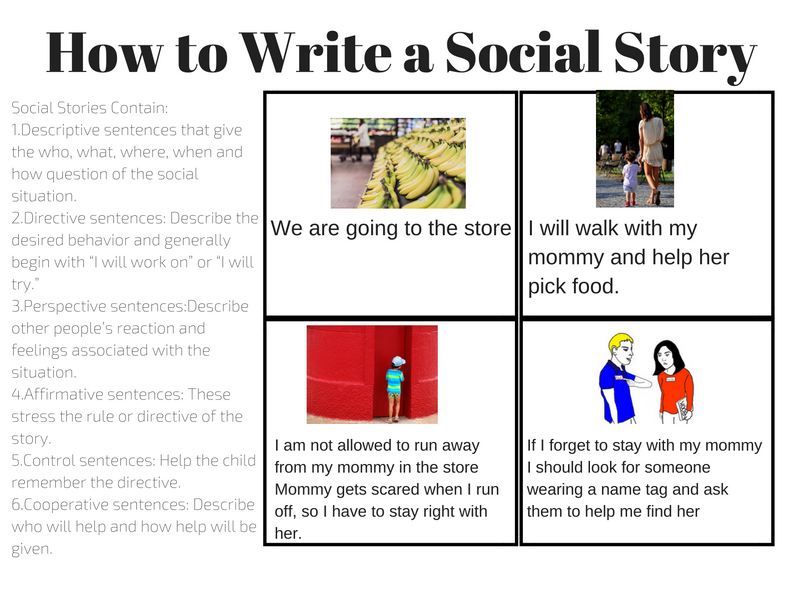 I have a confession to make. Before I was a mom, I looked at women with children having tantrums in the grocery store and averted my eyes. I’d think a combination of, “What a terrible mom/ Why can’t she control that kid? /If my kid ever acted like that… .” I believe in Karma y’all, and let me tell you she doesn’t like it when you conjure up smug 20-something thoughts about struggling mommies. When the reality of motherhood hit, I realized that acting out and pitching a fit is just part of being a kid.
I have a confession to make. Before I was a mom, I looked at women with children having tantrums in the grocery store and averted my eyes. I’d think a combination of, “What a terrible mom/ Why can’t she control that kid? /If my kid ever acted like that… .” I believe in Karma y’all, and let me tell you she doesn’t like it when you conjure up smug 20-something thoughts about struggling mommies. When the reality of motherhood hit, I realized that acting out and pitching a fit is just part of being a kid.
Even the most consistent moms, the ones who have it all together, have experienced their share of grocery shopping tantrums. [quote]This is not because they have no control, but because their child is learning, and learning can be a messy process. [/quote] For me, the tantrums start the moment we walk through the door (I don’t want to sit in the cart). Then, they restart in the dairy aisle (why do they put Frozen characters on cheese sticks?). From there, each aisle brings some fresh torture. It has gotten bad enough where I haven’t taken my daughter grocery shopping for several months. But, the reality is that finding a sitter once a week (or every other week if you’re following Amanda’s plan) until she hits puberty simply isn’t practical.
There has to be a solution to my problem and it just might be discipline. [quote]Most people think in very “crime and punishment” terms when it comes to discipline. But did you know that the definition is “to train or educate”?[/quote] So here it is, my plan to teach my daughter how to behave while I grocery shop. I have scoured the inter-webs looking for behavioral solutions. My hope in taking you along for this ride is that by helping myself I can help all the other supermarket warriors out there. (And maybe atone for my younger self).
[typography font=”Arimo” size=”48″ size_format=”px”]The Grocery Store Plan [/typography]
[dropcap]-Pre-teaching[/dropcap]
Pre-teaching involves predicting how your child will behave and taking measures to “disrupt the behavior pattern.” In my case, this is as simple as speaking to my daughter before the grocery store trip. I will review what she can expect, how I expect her to behave, and what the consequences will be if she misbehaves. I know sitting in the cart will be a battle, so I’ll say something like, “You will be allowed to walk, but if you don’t stay with me, you will have to sit in the cart.”
[dropcap]-Clear Expectations[/dropcap]
Setting clear expectations is the basis for any form of management. This seems like the simplest concept when you consider children’s behavior, but is it really? Often we expect that our children know what we mean when we say things like, “behave, good, bad, etc.” It isn’t fair to expect my daughter to know terms that I haven’t taught her. If I am going to teach her, I have to start at the beginning. So, setting clear expectations and consequences will be step one.
[dropcap]-Social Story[/dropcap]
Social stories are another intervention used to show children what you want them to do, only this time using pictures. This is another way to pre-teach the behavior and skills needed for a successful trip. My social story goes through the trip to the store, step by step. I’ll explain what will happen and what the appropriate response/ behavior should/will be.

[dropcap]-Make it Fun[/dropcap]
I think that one of the biggest triggers for bad behavior is boredom. Grocery shopping is an odious task for many adults, never mind someone with a short attention span and even shorter patience. There are lots of articles out there with great ideas for how to keep your kids engaged and entertained while shopping. Bounceback parenting suggests making the kids their own grocery lists. This Popsugar article suggests playing I Spy–I spy with my little eye something blue–and your child has to figure out what it is. The Market in the Square suggests using the help strategy to keep your kids engaged. Here I would tell my daughter I need help with the shopping, and then give her age-appropriate jobs or responsibilities.

[dropcap]-Reward[/dropcap]
Reward systems are the most common behavior management plans employed by parents. The idea is simple: if you do what I want I will give you something you want. The frequency of rewards can be reduced gradually, to the point in which children are able to do as asked without a reward. I plan to employ this in the grocery store by celebrating a successful trip with a big hug. I’ll tell her how proud I am (both forms of reward, folks). Then, maybe by letting her ride that blasted mechanical horse near the door.










